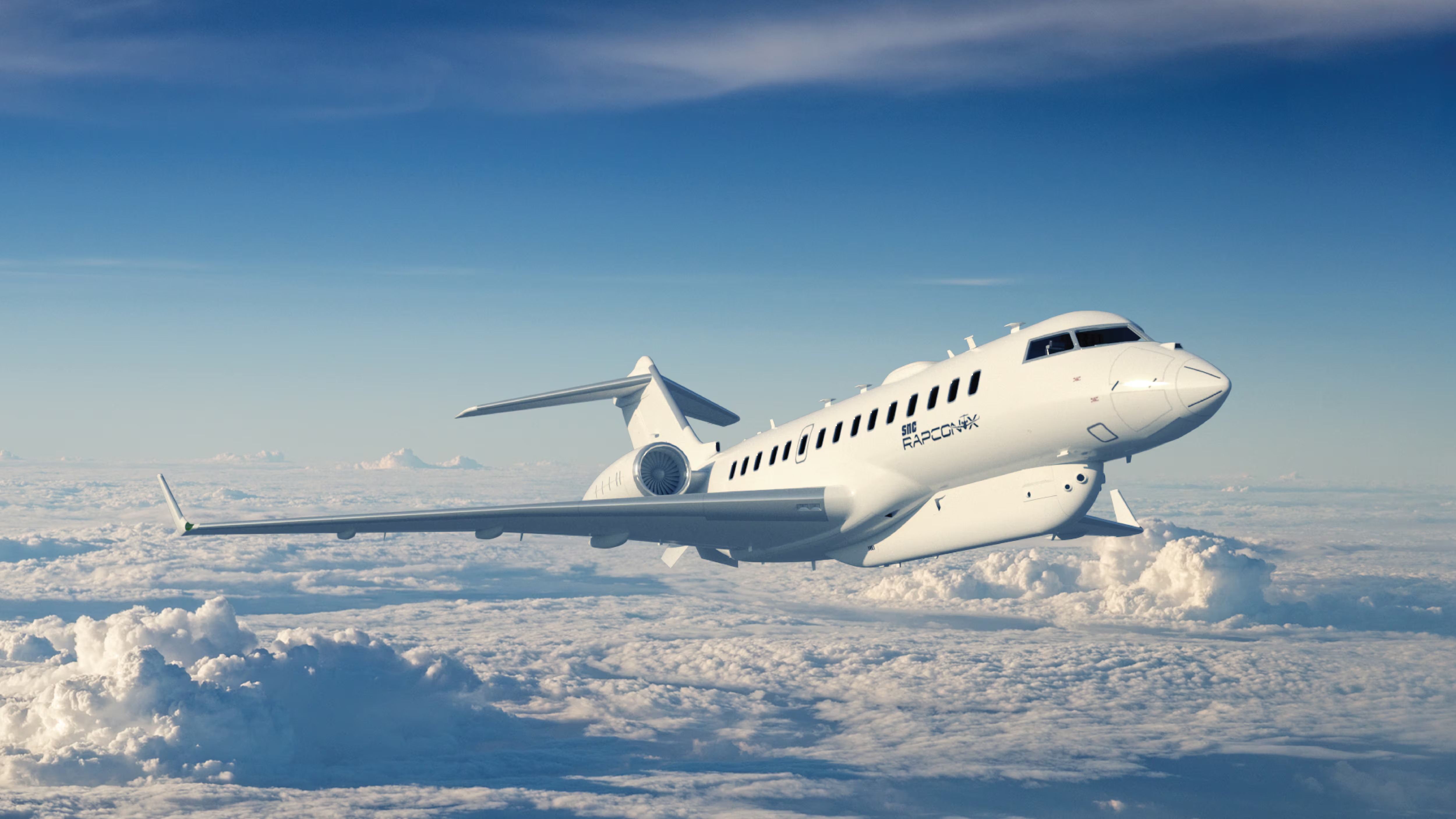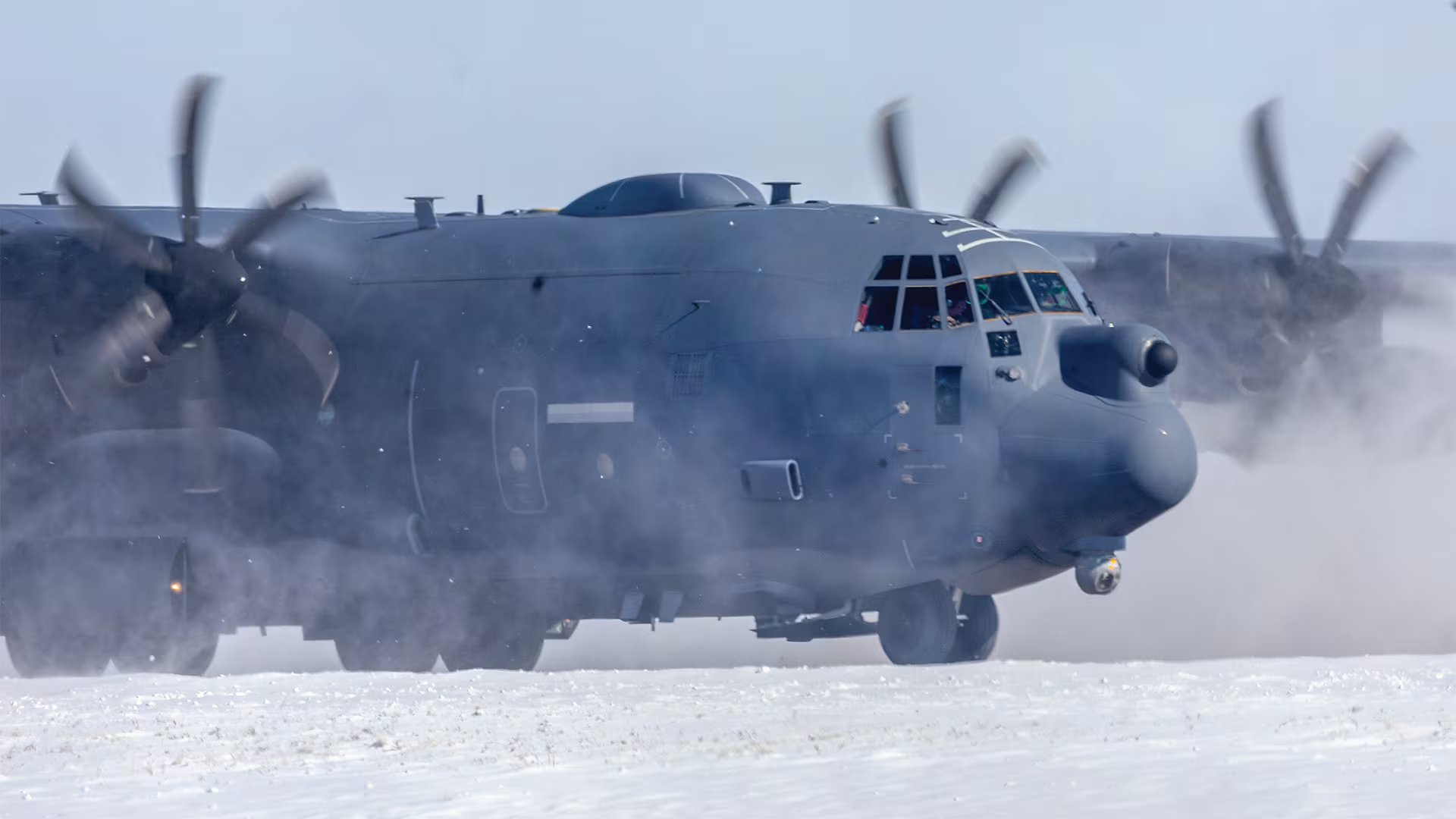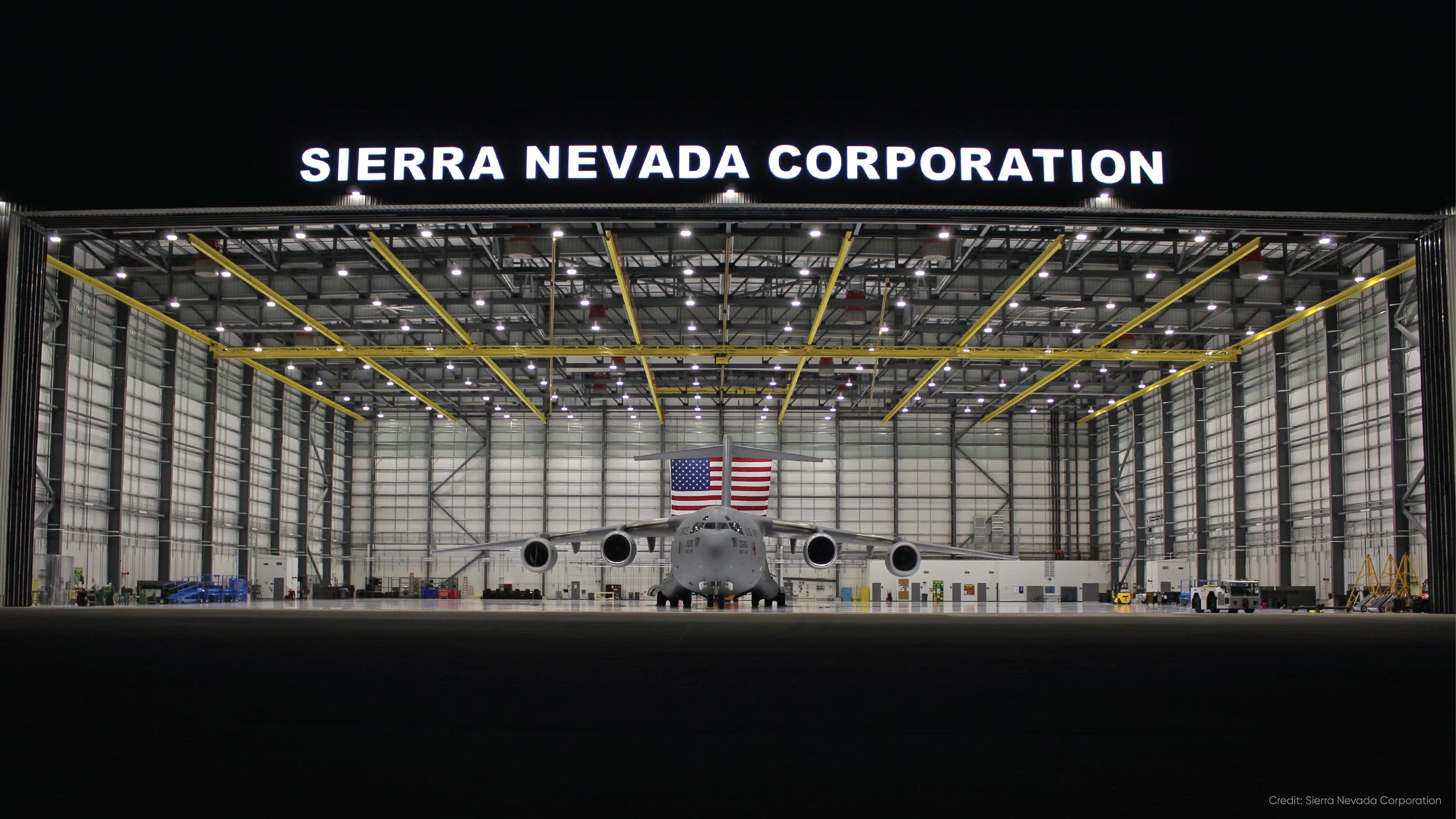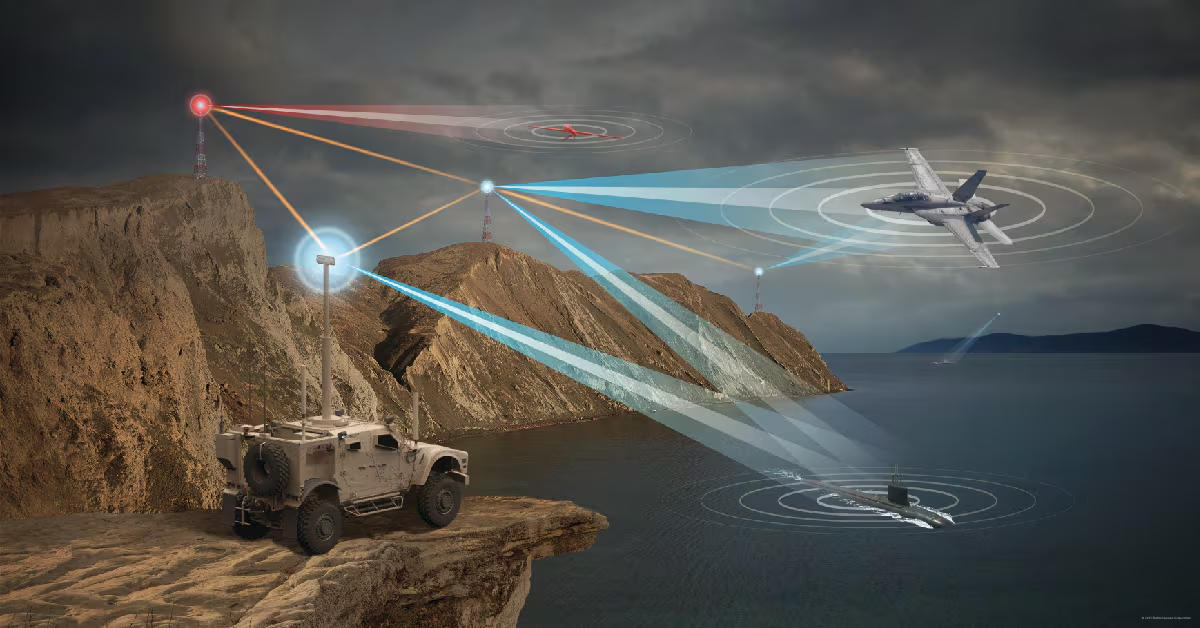Five years ago, as the battlespace evolved to include intelligence-based near-peer adversaries, the U.S. Army identified a need for persistent surveillance systems that allow the warfighter to adjust quickly in a high-threat enemy environment. Yet, the current fleet of 60+ aerial intelligence, surveillance and reconnaissance (A-ISR) aircraft are remnants of the Cold War, lacking the lethality, range and speed needed for high-priority missions across areas like INDOPACOM.
To address the shortfall, the Army proposed a phased project approach to test best-of-breed technologies that would ultimately inform the High Accuracy Detection and Exploitation System, or HADES, Program of Record.
Informed by internal research and development, SNC moved to procure two Bombardier Global 6500 jets on which to deploy its RAPCON-X family of systems – well ahead of any formal RFP – to ensure readiness to meet the Army’s deadline for a new A-ISR fleet. The aircraft have been undergoing engineering integration for nearly two years and SNC now offers 18,000+ hours of engineering on Bombardier 6500 mission systems.
This proactive preparation was recognized with the Army’s Theater Level High-Altitude Expeditionary Next Aerial–Signals Intelligence (ATHENA-S) project contract in October of 2023.
“Our goal is simply to deliver a platform with superior range, endurance, payload capability and C2 awareness to put our customers in a position of strength during conflicts,” said Vice President of Strategy for SNC’s MST business area Lisa Godenick.
RAPCON-X is a versatile system that collects and processes various signals intelligence, reconnaissance data, and ground moving-target signatures using synthetic aperture radar. It is designed for global operations with aircraft survivability equipment (ASE) installation for enhanced survivability and the ability to operate in peer-to-peer and near-pear environments. Tailorable to any mission worldwide, it offers unique features like range, stand-off capability, and endurance.
Its rapidly configurable design makes RAPCON-X one of the most prominent examples of how SNC employs MOSA technology. Its highly modular components are easily reconfigured by switching out on-board equipment to match tactical needs – without aircraft redesign. Exterior modifications are also easily transferable.
This approach is also what allows SNC to use one program aircraft to inform design for another. For example, the stability augmentation technology developed for ATHENA-S is also a relevant capability for HADES.
“At SNC, we say our solutions are ‘born digital’ because they are designed in a digital engineering environment, tested and matured using model-based systems engineering (MBSE), starting with the customer requirements,” added Godenick. “Open architecture (OA) is the common thread across the RAPCON-X offerings that enables SNC to choose best-of-breed technology every time.”
Just as the ATHENA and HADES programs represent a meaningful milestone for the Army, it also does for SNC. We are equally as invested as the Army to deliver on their need. Plain and simple, their mission is our mission.
“We do all this and more because we know we have the best solution for the Army. SNC brings decades of innovation and engineering experience to the conversation surrounding how these aircraft should be designed and modified to truly solve industry and warfighter challenges,” explained executive vice president of MST, Tim Owings.
SNC attributes its significant growth to understanding customer needs, investing in the mission and having the agility to act quickly as a private-owned mid-tier contractor. RAPCON-X aims to support the United States Army’s dominance in future battlefields.
In short, RAPCON-X is mission ready – wherever the mission is.





